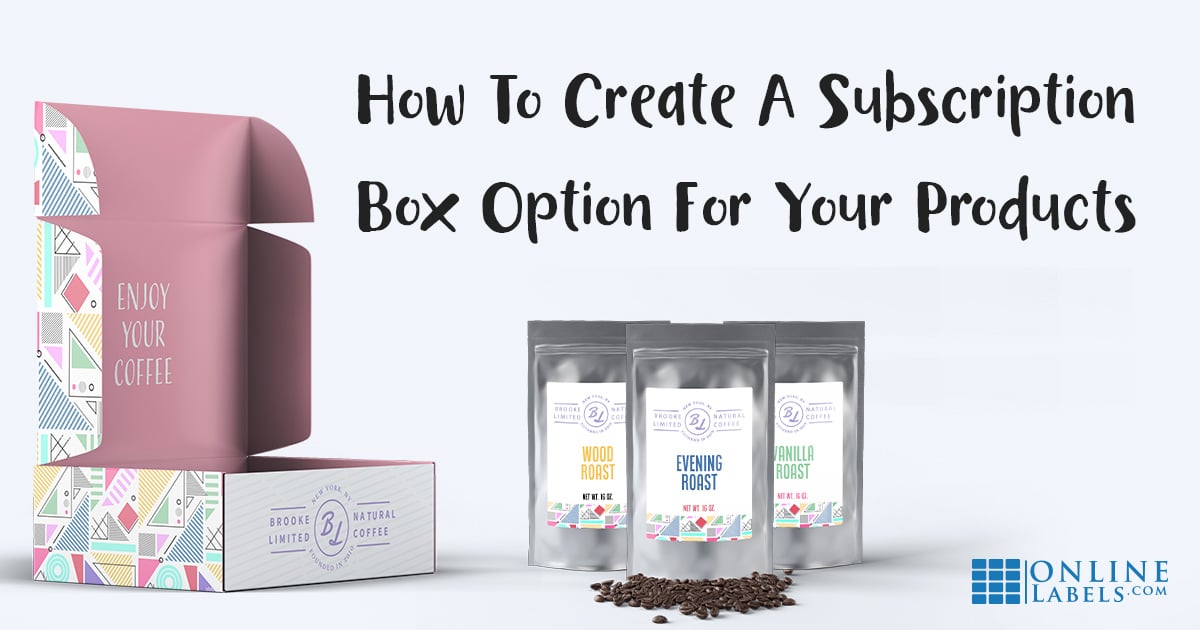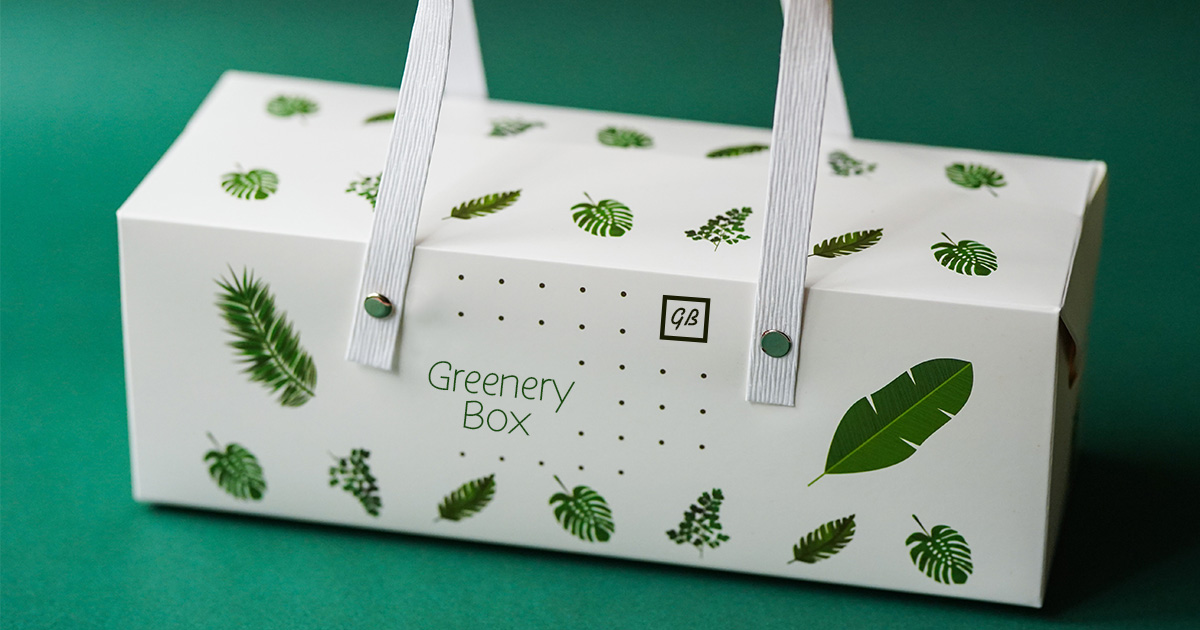How To Create A Subscription Box Business & Guarantee Repeat Customers

Subscription boxes have changed the way consumers shop and interact with the brands they like. Goods are delivered to customers at scheduled intervals, thus generating recurring income and guaranteeing return customers.
If you're looking to cash in on this growing trend and add a subscription option to some (or all) of your products, here's everything you need to know. Continue reading for details on the subscription box demographic, benefits of launching a subscription product or service, and tips on how to start your own.
Types Of Subscription Boxes
Subscription box customers most often purchase for one of three main reasons: replenishment, curation, or access.
Replenishment Boxes
Replenishers desire an easy way to keep items in-stock without much effort. For them, it's all about convenience. These customers can 'set it and forget it' – they choose what they need and it shows up at their doorstep at the chosen interval of time.
This is made easy by companies like Dollar Shave Club and Amazon Subscribe and Save. These services make recurring purchases convenient and easy.
Curation Boxes
Curators, the largest demographic for subscription boxes, crave the surprise. The anticipation and the eventual act of unboxing the package is what gets them hooked.
Companies like Stitch Fix and Blue Apron enable the user to set interests. The company then sends a monthly box of goodies the user should like.
Access Boxes
Those interested in access purchase subscription plans for accessibility to VIP-type perks, discounts, or membership services. They're enticed by something considered exclusive. Well-known examples in this genre are Thrive Market and NatureBox.
Does your product fall into one of these three categories? Is it a consumable that needs replacing, a personalized product, or an early release?
Benefits Of A Subscription Business
Subscription boxes are a profitable and growing business sector. The market has grown steadily since it was introduced about a decade ago, valued at roughly $10 billion today. If you're looking to throw your hat in the ring, here's what you can look forward to.
Consistent Revenue

Subscription services, unlike traditional sales, don't rise and fall with the seasons. Once you have a steady number of subscribers, you'll get a sense of what your monthly sales will be. There's not much guesswork involved with estimating income and revenue.
Return Customers
Your customers are locked in, you've got them for the forseeable future. Consumers aren't generally good at cancelling recurring expenses and if you're solving a need with quality goods, the convenience outweighs the cost. This guarantees that they come back month after month (or whenever your subscription renews).
Reliable Inventory
Managing inventory should be substantially easier than other business models since you have a good idea of how much product you'll sell every month. This helps save on storage overhead fees and rush orders, and it offers your business a leg-up on manufacturing.
Built-In Marketing
Subscription boxes arrive in bright packaging with large logos for a reason. People are more likely to share unboxing experiences on social media and with friends when the packaging is exciting. This is free, instant publicity and easy-to-acquire user-generated content.
Personalization
Customers become loyal when they feel an emotional connection to what they're buying or the company they're buying from. Boxes tailored to their interests offer that added touch, and encourage them to reorder and share their experience.
How To Start Selling Subscription-Based Products
Here's a quick checklist to help you get started.
Come Up With Your Subscription Box Idea
If you're already running a product-based business, choose one product worth testing your subscription box model. Reference the three category types above to make an informed choice that is more likely to be successful.
If you're just starting out, break down your niche and get as specific as possible. The more specialized your box is, the easier it is to curate products for your audience. This will enable you to maximize retention and create a great customer experience.
Do Your Research
Look into your competitors and your intended audience. Get to know them both well so you can take the next important steps. Find out what they send every month, what their subscriber numbers look like, what their price point is, who their demographic is, etc.
Price Your Subscription Service
You don't want to price your subscriptions too high or too low. You're always looking for the sweet spot that covers your overhead costs and, of course, still enables you to make a profit.
For more pricing help, CrateJoy offers an interactive subscription box pricing guide.
Pro tip: If you've established a price but feel like it isn't working for you, don't hesitate to ask your customers. Provide questionnaires or special offers to get the information you need.
Choose Your Packaging

Assuming your subscription contents fit in your existing packaging, use that. Staying consistent with your branding and building on consumer recognition will go a long way.
If you're creating something new, remember that your box is the face of your business. No matter how good the products (and product labels) are inside, a sub-par box can negatively affect the customer experience. You want to design a box or poly bag that customers will look forward to opening.
Pro tip: Customers and influencers love to share unboxing experiences on YouTube and Instagram. This can lead to a lot of eyes on your brand – for little-to-no extra marketing dollars and to exactly the right audience.
Put Together A Prototype
A prototype box doesn't need the exact items you plan to ship your first month, but it should match the quantity, quality, and value you plan to deliver once you've launched.
Select items that represent the kind of products customers can expect once they subscribe. The key is not to mislead with your prototype box, as people will immediately cancel if they feel they've been duped by your marketing efforts.
Pro tip: This is also a good chance to evaluate the shipping expenses and reliability of your chosen packaging. The weight or size you choose can have a big effect on your carrier costs and the flexibility of it may or may not protect the contents inside.
Begin Your Pre-Launch Marketing
Your existing customers are your best possible audience. Launch social media campaigns, email blasts, sign-up lists, and more to generate buzz. Add a plug-in to your website and automate your marketing efforts to make this even easier.
The goal is brand awareness and traction, get all eyes on you. Consider doing a social media countdown with giveaways and prizes for users sharing your big news, too.
Source Your Goods
You likely have everything you need already if you're selling handmade goods, but it doesn't hurt to double check your have the supplies to fulfill.
If you're going to be featuring third-party products, start building partnerships with those brands early. You should have a plan for 2-3 boxes down the line so you're not left scrambling at the last minute.
Launch
Get your first set of boxes out the door. You did it!
Study How It Went
To keep your business afloat, analyze your operations for the first month and examine how your assumptions and actions panned out. Are you gaining viewers, interested customers, and seeing organic awareness spread? Did the packaging and shipping process go as planned?
Don't just move on from the first box (and every one after that). Review how things went and keep innovating to push your business forward.
You're well on your way to having a successful subscription-based product! Make sure your shipping station is loaded up with shipping labels and all the essentials before it's too late, and be sure to check out our selection of pre-printed business labels.
For more entrepreneurial insight, check out our article library. You'll find dozens of articles on effective shipping techniques, barcoding and inventory management, packaging inserts, photography advice, and more.



